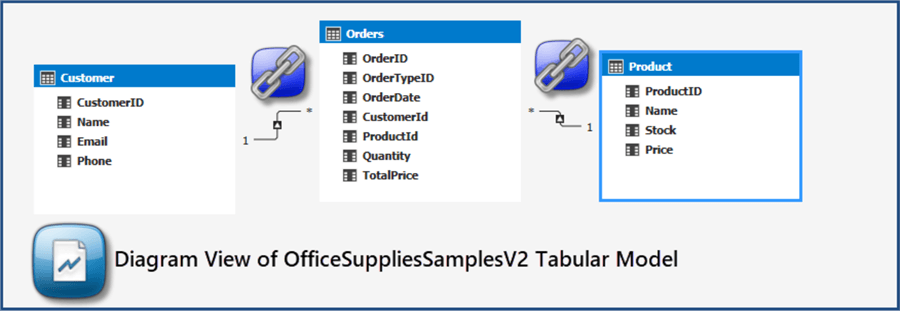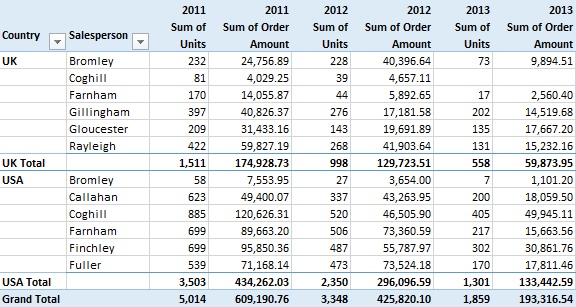

It would be far more interesting to know the GDP per capita, but unfortunately that field is not available. As countries with a larger population almost always have more to spend, the total GDP does not mean that much. Figure 4‑1 displays the five countries on population and Gross domestic Product (GDP). The idea of a calculated field can best be explained with an example. A calculation may include constants, but can also include existing fields. This is what you call a calculated field and the can come in many ways. In a pivot table, you can add additional fields which are the result of a calculation. One of these features decreases the risk of formulas not being copied all the way down to the end of the data set.īut, when you are working with pivot tables, there is a better way to create a “missing” data field.

As you have seen in §1.3, a table offers extra features. Some of these issues can be avoided by converting your data into a table. This is obviously not wat you want and causes the pivot table to show a blank for records that are missing (the result of) that formula. Forgetting to add a formula to a new record, or deleting a formula from a specific record are but a few. Although the outcome might be a field with the desired result, it does involve some threats. Many users solve this problem by adding a column to the database and doing the math. Sometimes a pivot table does not contain all the fields that you need.


 0 kommentar(er)
0 kommentar(er)
